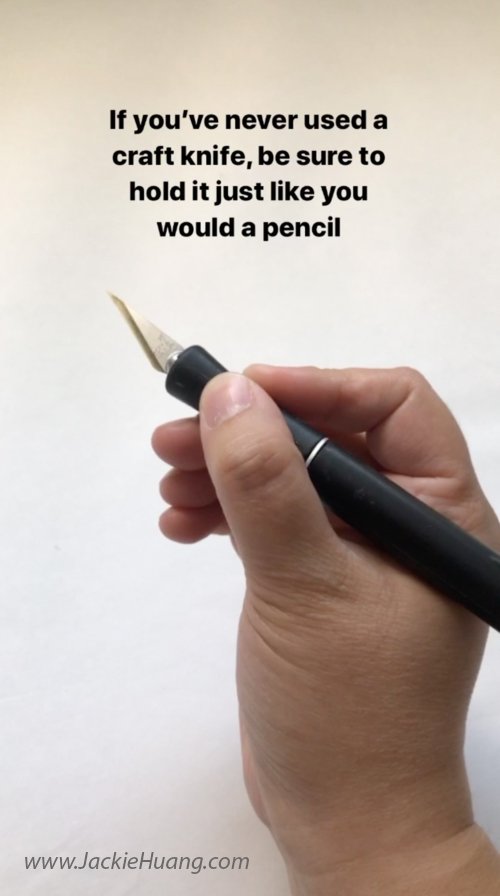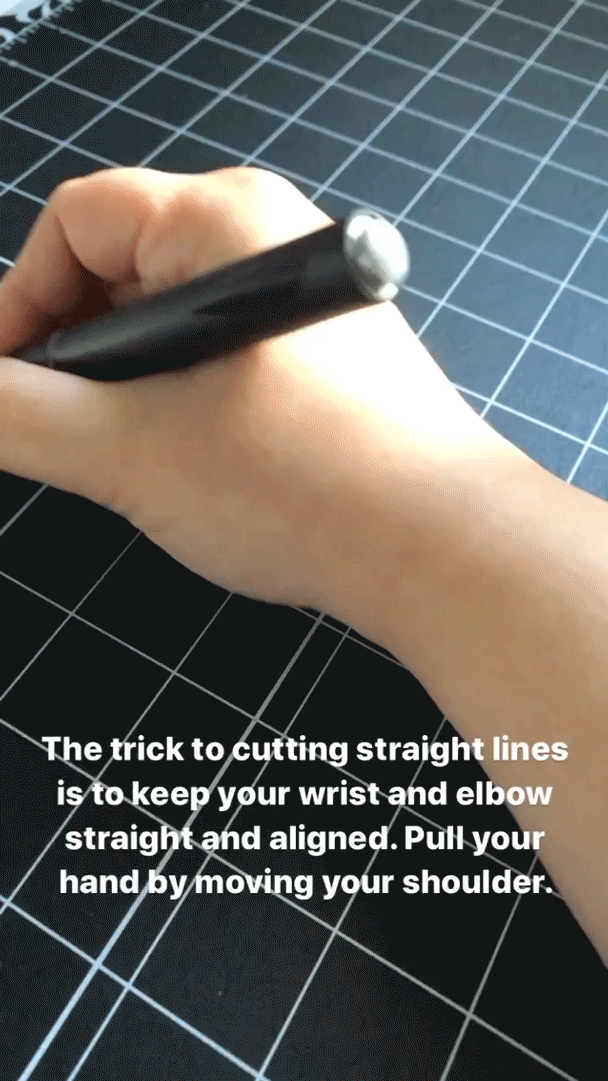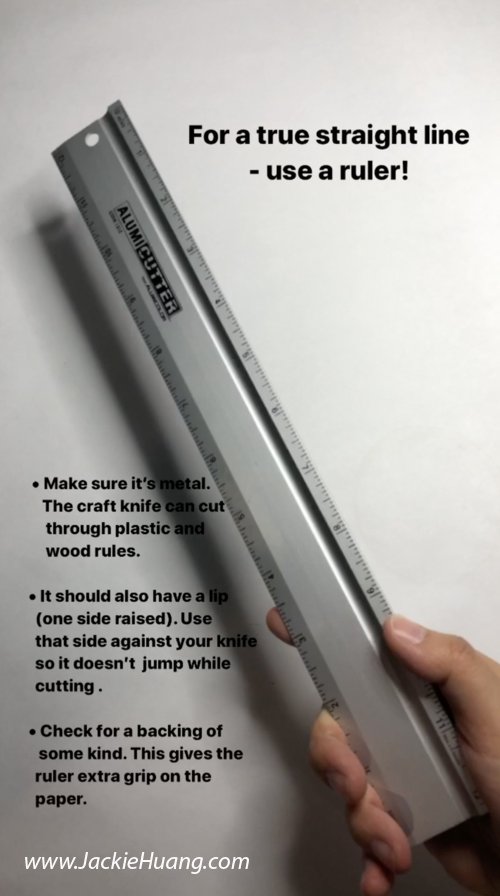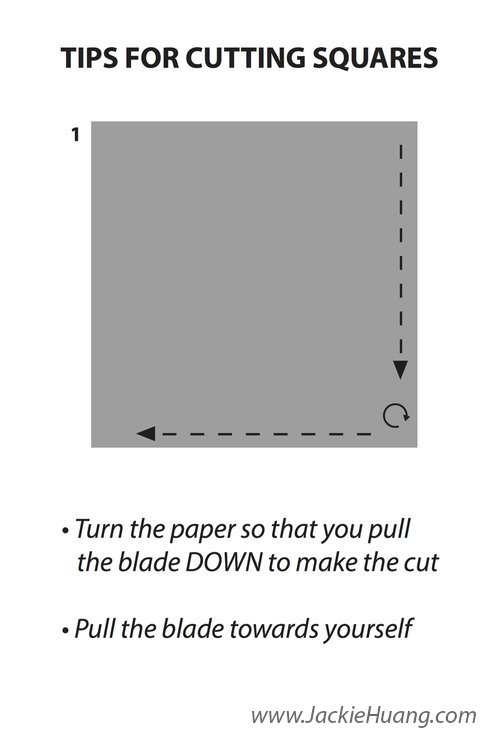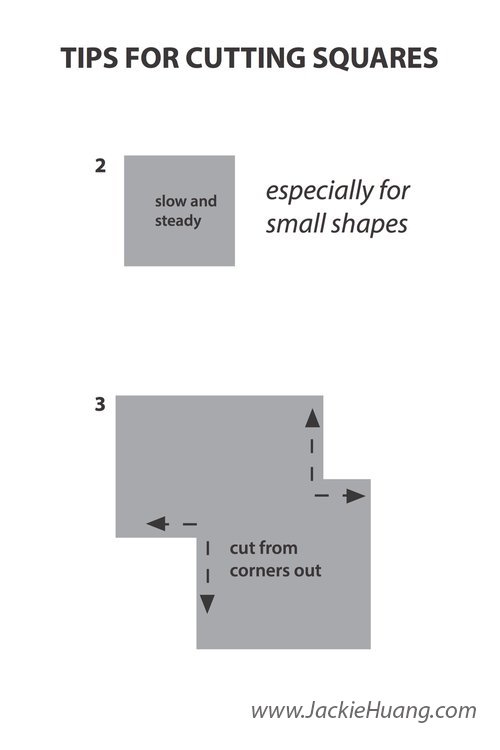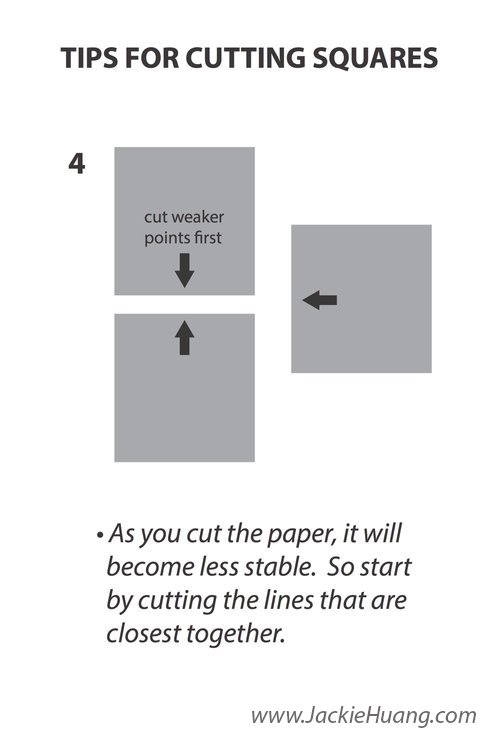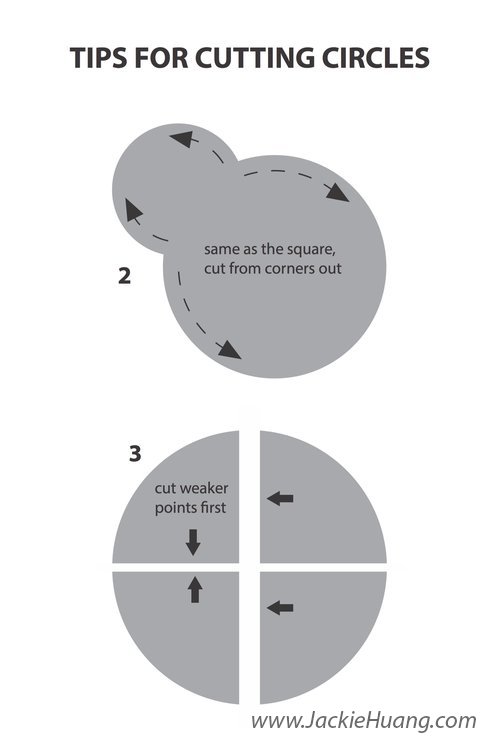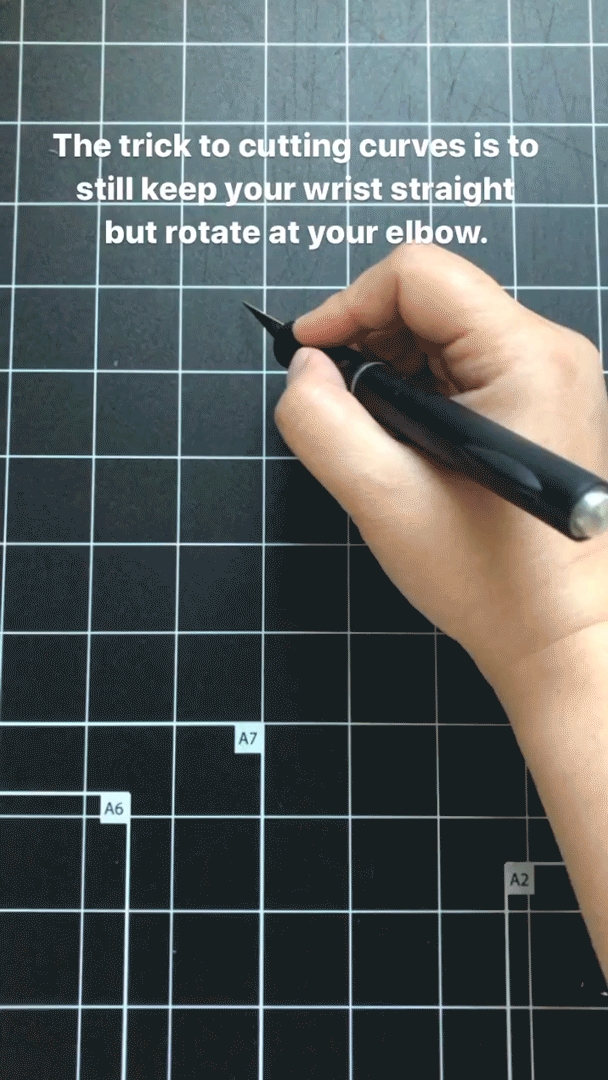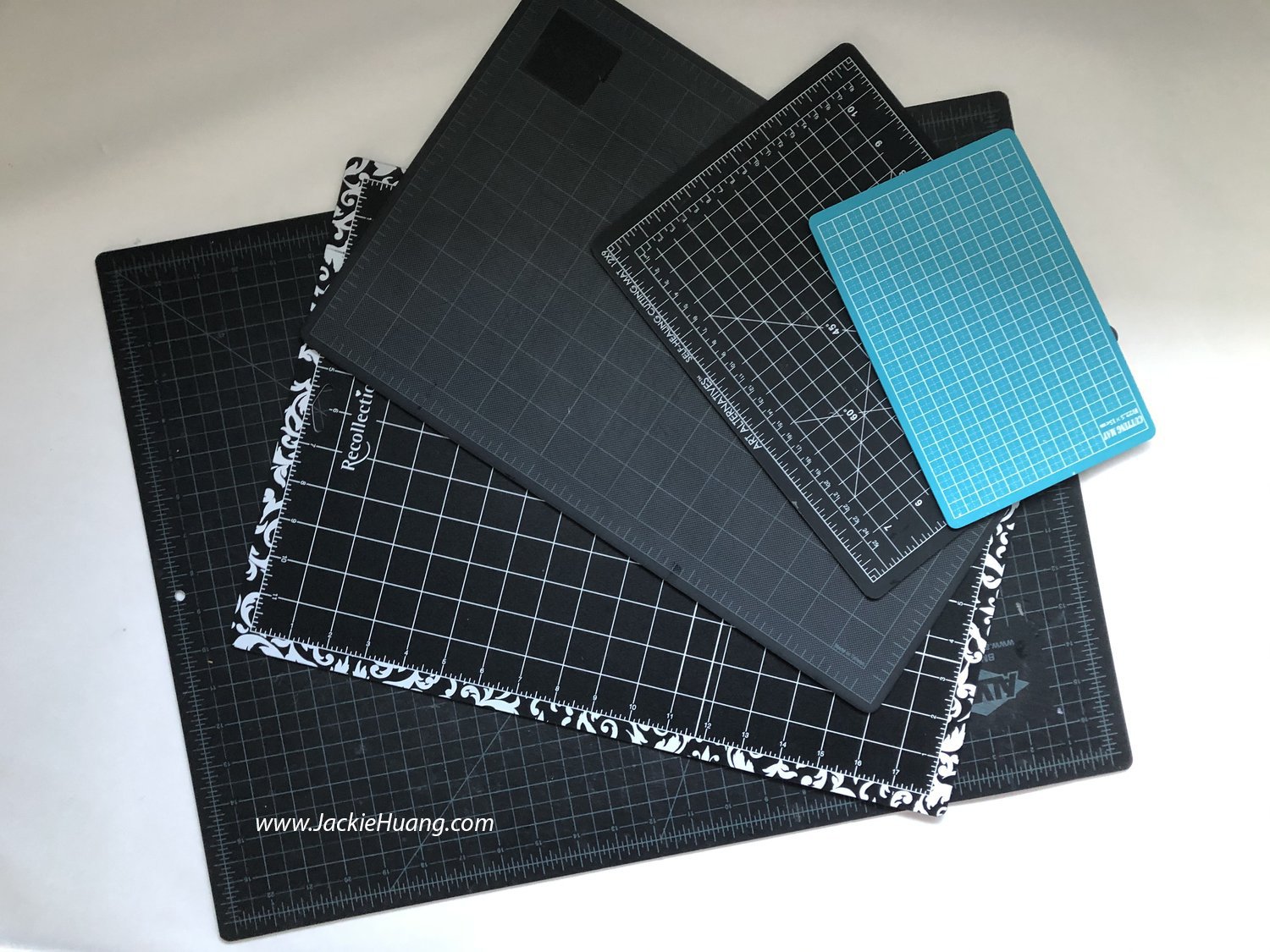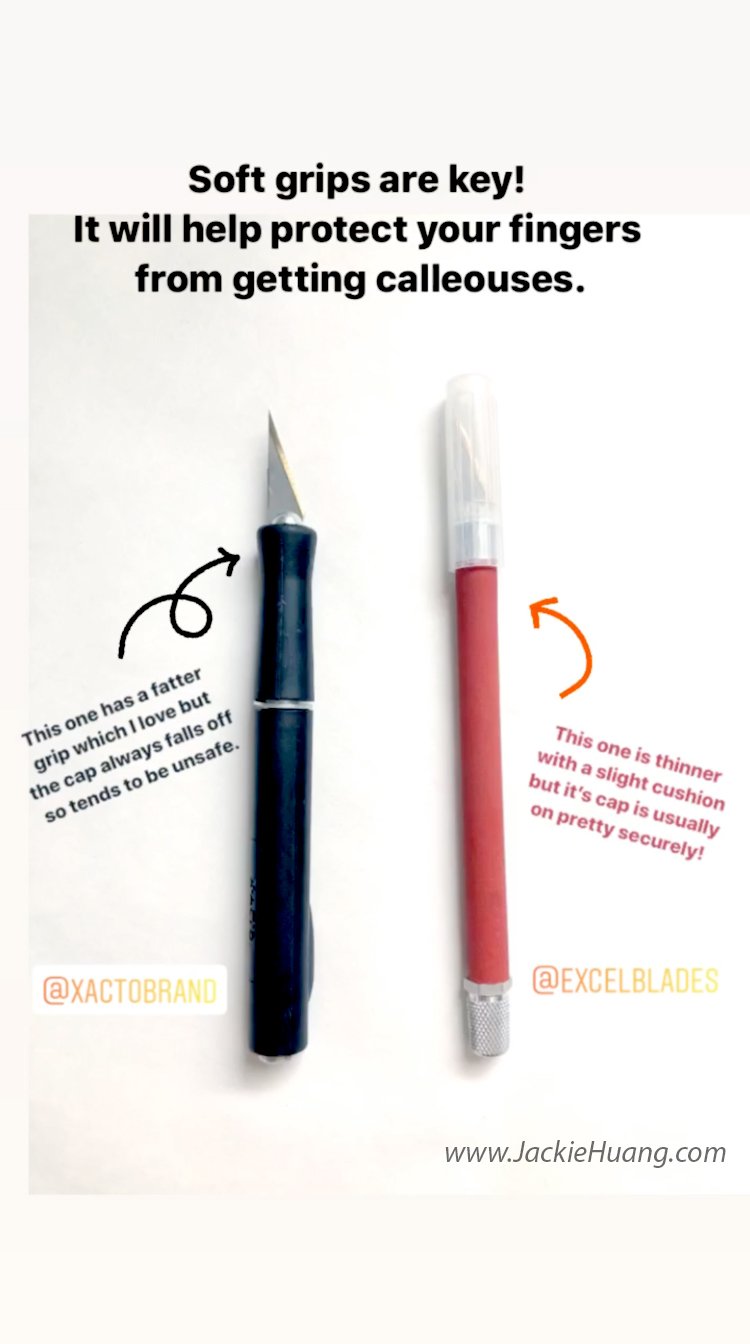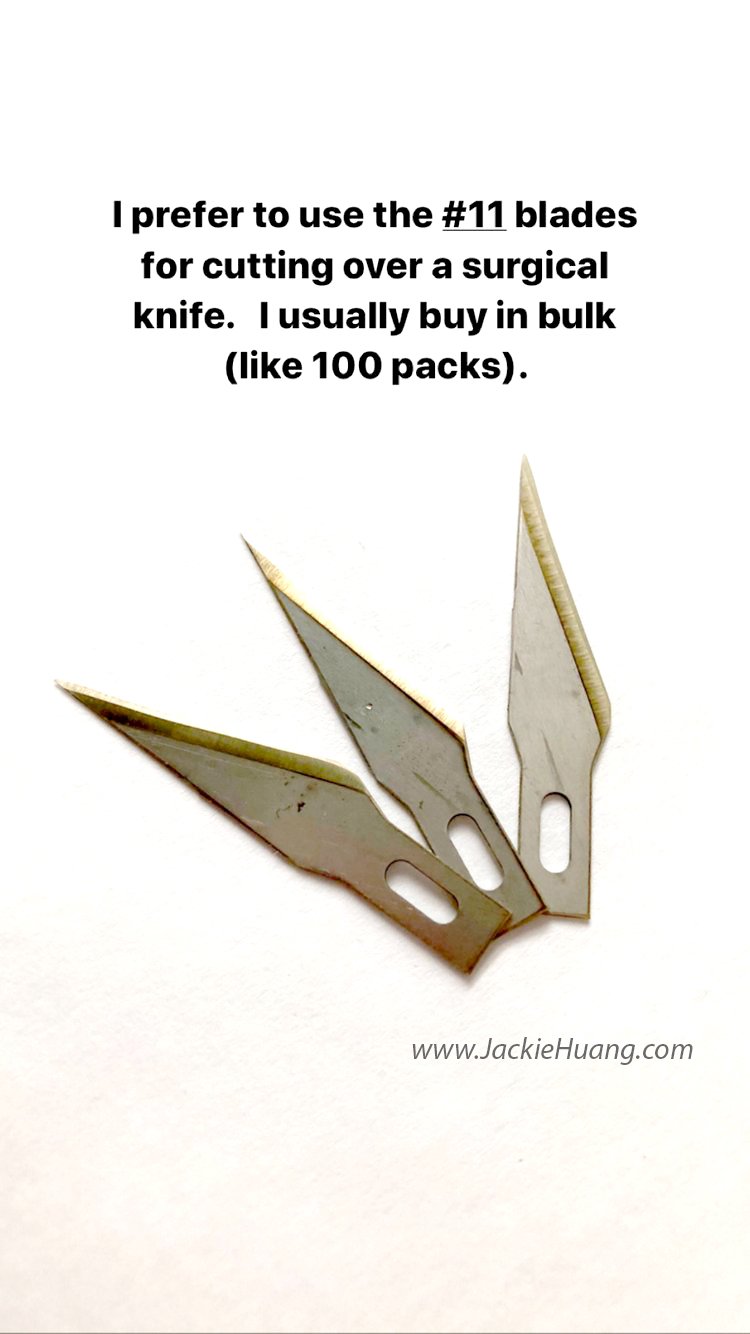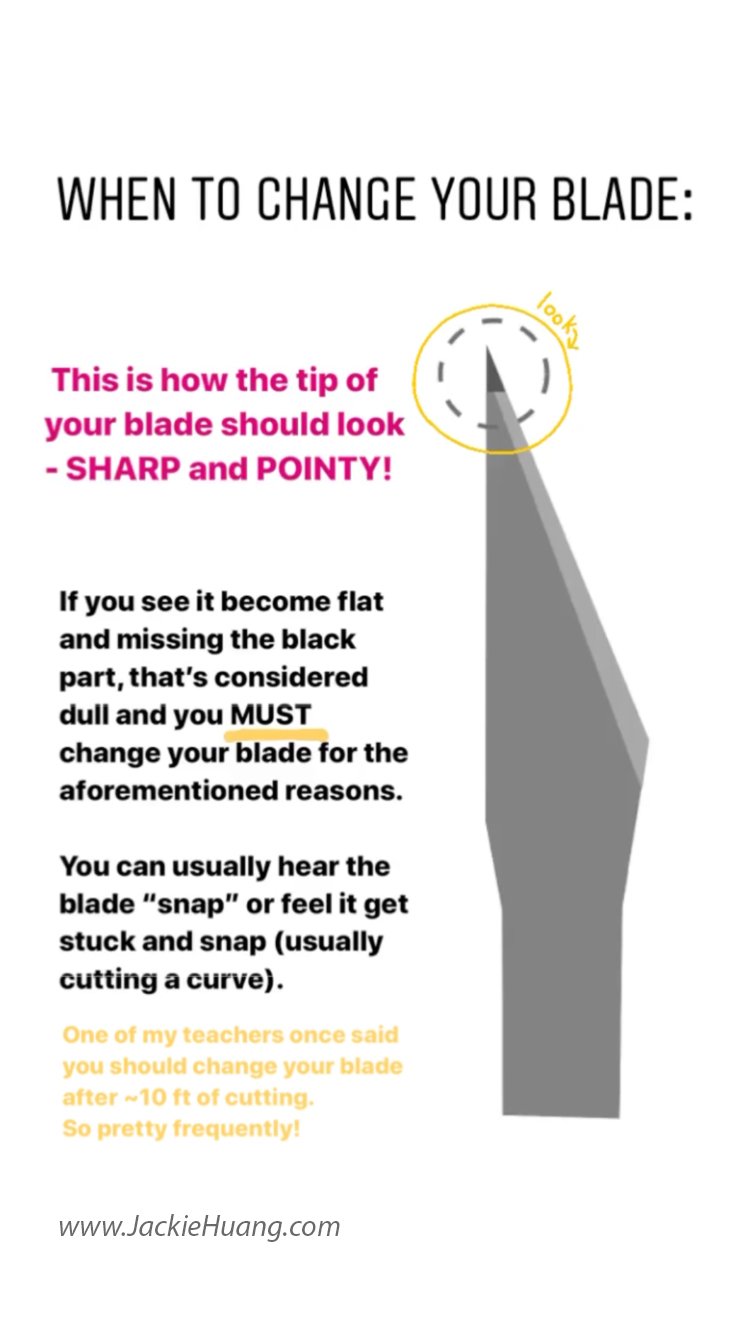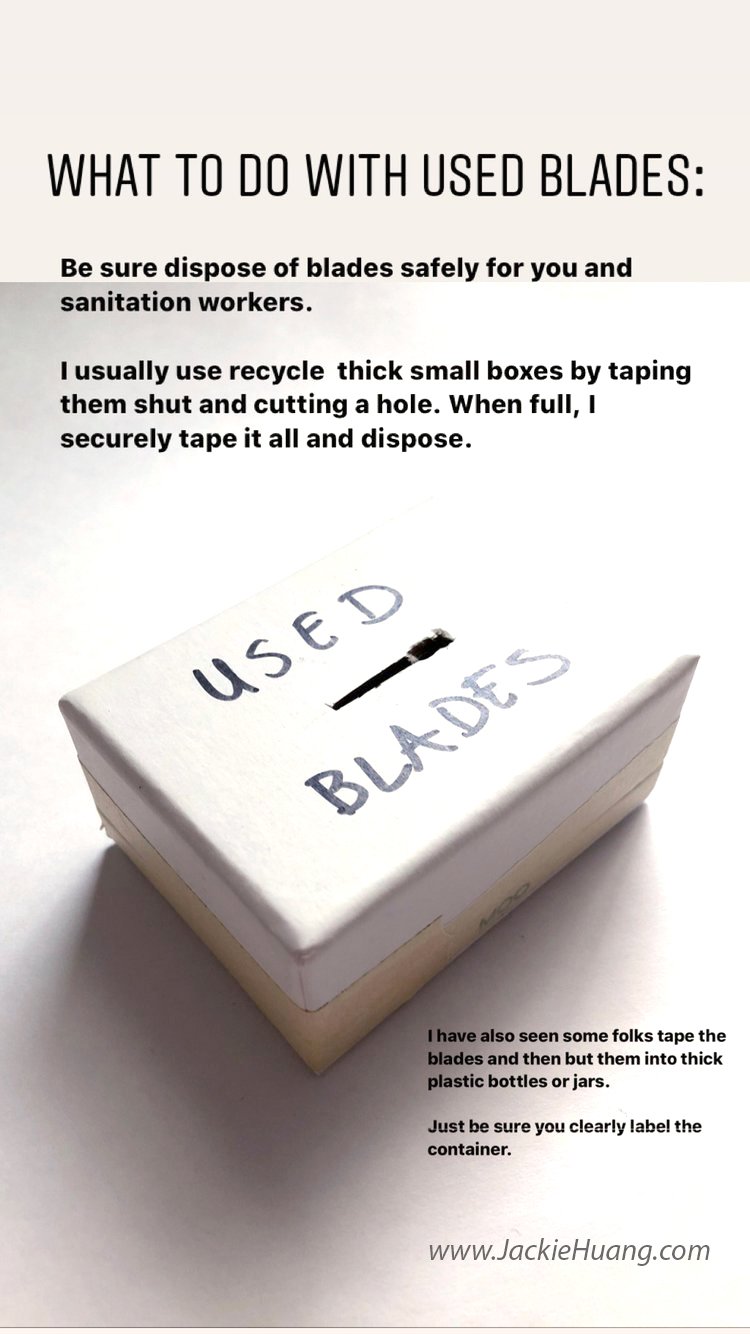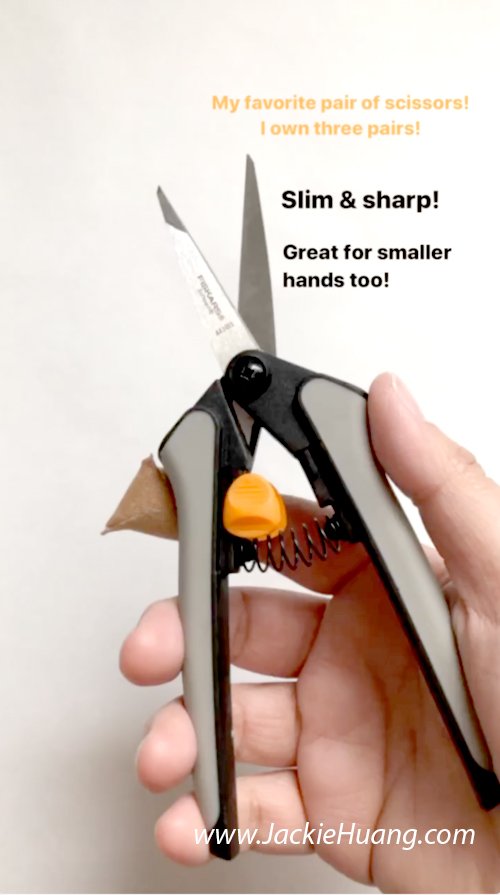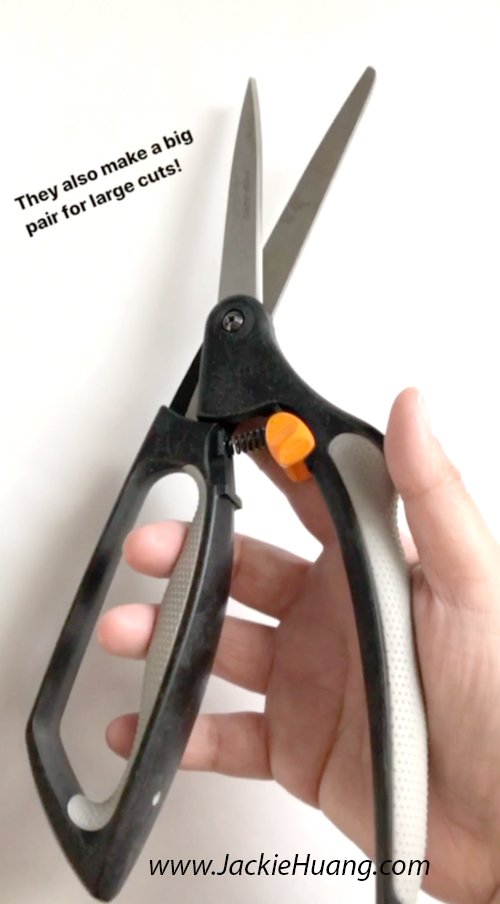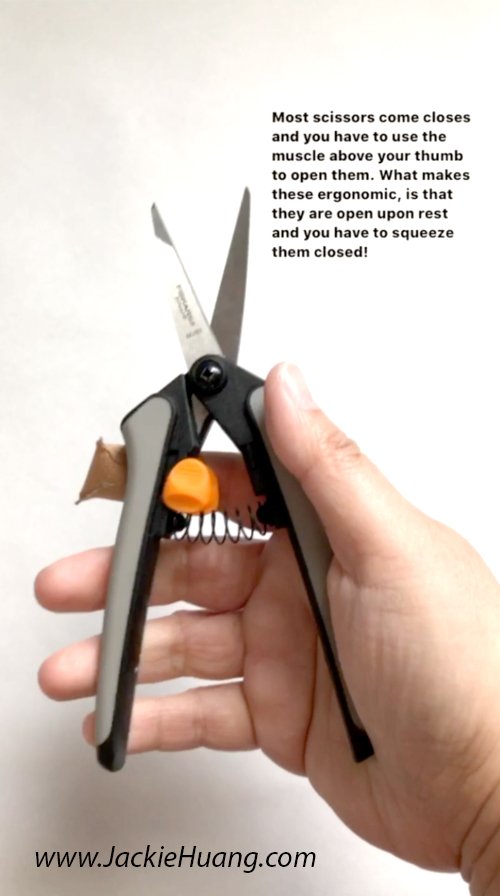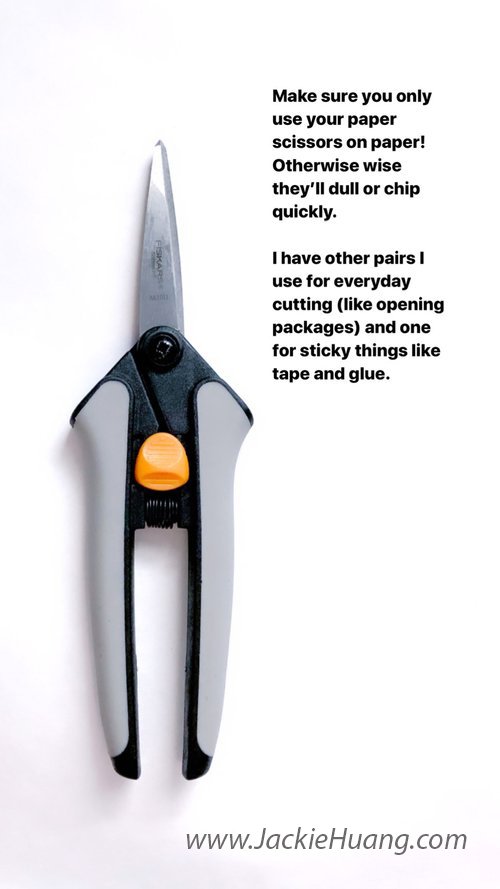Today I’m going to share some very general and basic cutting tips when using a crafting knife.
General Cutting Tips:
If you’ve never used one, you hold it like a pencil. (see image)
Don’t put too much pressure on the blade. If it’s sharp and the paper is cardstock, you’ll only need to apply a little bit of pressure. Too much pressure will snap your blade tip. See this post about changing blades.
Cutting Straight Lines Tip:
The trick to cutting straight lines is to keep your wrist and elbow aligned straight. Then pull your hand by moving your upper arm/shoulder. So don’t move your wrist at all and just let your upper arm pull the blade straight.
For a super straight cut, use a ruler. Make sure it’s metal though - not plastic or wood. Your blade can cut through those!
Your ruler will need to have two more things: a raised edge on one side so it helps prevent your blade from ‘jumping’ or coming onto the ruler and some kind of grip on the backing (foam, cork, etc) to help prevent sliding.
Cutting Out Shapes: (illustrations above and below for reference)
Always try to be cutting down towards your self. Do not try to pull the blade side to side/perpendicular to yourself. Turn the paper if you have to to keep pulling down.
Slow and steady for small shapes.
If two shapes intersect, start at the intersected corner and cut outwards.
Paper weakens as you start cutting shapes from it. So if you’re looking to remove pieces from the paper to create a lattice, then start from where the closest lines come together.
Practice makes perfect! So if you find your shapes are too rough in the beginning, try cutting them out again! You learn from mistakes so start making some!
